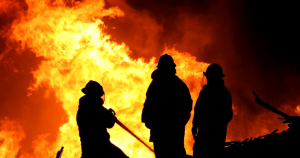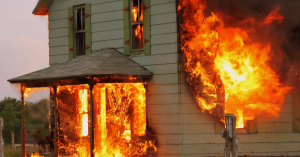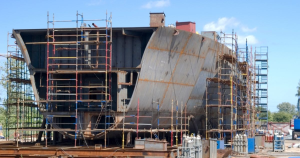Temporary Fire Watch: Policies, Procedures, and Best Practices.
Explore how temporary fire watch safeguards people and property during system failures, hot work, and high-risk events through proper procedures.
When fire protection systems fail or certain activities increase the risk of fire, every minute counts.
The provision of temporary fire protection fills the void until permanent or complete systems are restored or until the source of increased risk is resolved.
The Fast Fire Watch Company is a trusted company that helps organizations stay safe, compliant, and prepared with temporary fire watch, as well as the importance of including it in policies and procedures.
Fast Fire Watch Company has been one of the best fire watch company, offering emergency and rapid fire response services from coast to coast, providing trustworthiness to businesses and property managers.
The Fast Fire Watch Company provides swift help when fire safety is a top priority.
Their goal is to offer reliable, efficient, and peaceful fire watch services. Since 2019, they have been operating in the United States.
Let’s dive into what a temporary fire watch is exactly
What Is a Temporary Fire Watch?
Any time there is a fire risk because of system outages, construction work, hot work, or fire code violations, it is employed as an organized and proactive temporary fire watch.
This allows the emergency to unfold quickly without delay. It typically involves:
- Regular patrols of an area are assigned to trained guards at specific times.
- Observing potential fire hazards, heat sources, and ignition hazards.
- Testing the functionality of safety equipment such as exits, extinguishers, and alarms.
- Recording the observations and communicating with management or the fire marshal.
- The responsibility lies with responding to early indications of smoke or flame until the typical fire protection system is activated or until danger abates.
Its purpose is to act during exceptional or transitional situations, not to serve as a substitute for permanent systems.
Why do Organizations Need a Fire Protection Policy and Procedures?
Several reasons justify the need for a comprehensive fire watch policy and procedure:
1. Regulatory Compliance.
When fire protection systems fail or during high-risk operations, local fire codes, insurance providers, and authorities having jurisdiction (AHJs) require a fire watch to be maintained.
Failure to establish a policy can cause fines, shutdowns, and liability for organizations.
2. Risk Reduction.
With the aid of trained personnel, detecting potential fire hazards like sparks, overheating, or blocked exits can help prevent minor issues from turning into catastrophic incidents.
3. Continuity of Operations.
A temporary fire watch is in place at a construction site, commercial facility, special event, or “hot work” operations to ensure safe operation while work continues or issues are resolved.
4. Protecting Life and Property.
Best of all, it will protect lives and reduce property damage.
5. Insurance and Liability.
Sometimes, insurance policies may include provisions for fire protection.
The absence of a fire watch or lack of proper operation could cause claims to be affected or potential liability to be incurred because of an accident.
Important Factors that Contribute to a Successful Fire Watch Procedure.
The process of temporary fire watch must be effective by:
· Accompany the criteria with clear communication when necessary.
For example: fire alarm or sprinkler system failure, hot work (welding, cutting) in areas without complete suppression, fire marshal mandates, special event hazards, maritime operations, etc.
· Trained Personnel and Certification.
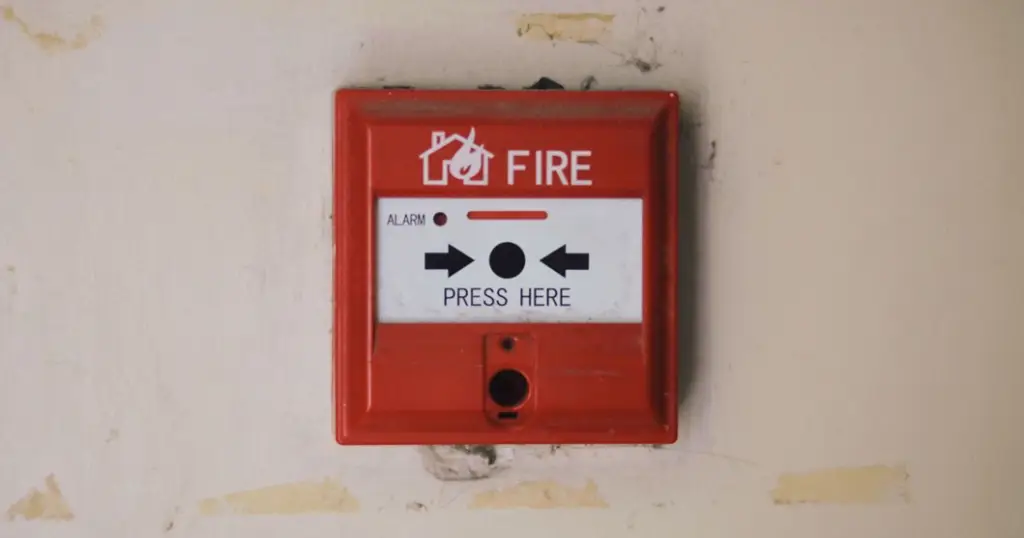
Guards or watchers should have training in understanding fire hazards, recognizing signs of smoke or fire, knowledge of evacuation routes, and how to use fire extinguishers. Certifications (depending on the jurisdiction) are often required.
· Defined Patrol Intervals and Coverage Area.
How often patrols are done (e.g., every hour, every half-hour), what zones are covered, access to fire exits, stairwells, roof spaces, etc.
· Proper Documentation and Logs.
Every patrol should be logged, hazards noted, actions taken, and communications made. Documentation may need to comply with fire marshal or insurance requirements.
· Communication Protocols.
Who gets notified if a hazard is found, how to escalate problems, and how to interact with first responders if needed.
· Equipment and Tools.
Flashlights, radios or phones, safety gear, fire extinguishers, etc., to ensure watchers can do their job effectively.
· Duration and Termination Conditions.
Define when the fire watch starts and ends.
For example: until the fire protection system is restored, until hot work is completed and the area is certified safe, until the authority grants clearance, etc.
When Temporary Fire Watch Is Required.
To illustrate, here are common scenarios in which a temporary fire watch is triggered:
- Fire Alarm or Sprinkler Failure: If a building’s fire suppression or detection system goes offline, regulations often require a fire watch until repairs are complete.
- Hot work: welding, cutting, soldering, or grinding operations generate sparks and heat; in areas without suppression, fire watches are essential.
- The presence of fire watches at construction sites reduces the risk factors because of temporary power, exposed building materials, incomplete fire barriers, and transient hazards.
- Special Events: Temporary structures, large gatherings, cooking equipment, and tents can all pose unusual fire hazards.
- Special fire watch services are necessary in marine operations such as ships, docks, and other areas where hot work or system outages pose a high level of risk.
Best Practices & Tips.
- Train guards with heightened awareness to recognize less obvious hazards, such as smoldering materials and overloaded power sources, which are equally important.
- Despite fire watch, the addition of redundant safety measures like backup alarms and functional extinguishers can still be helpful.
- Conduct pre-testing communications: If a guard experiences an issue, they must know whom to contact, the speed of response, and whether third parties should be informed.
- Coordinate with authorities: Be aware of the requirements of your local fire marshal and be mindful of what certifications and documentation are acceptable. Compliance isn’t uniform everywhere.
- After activation, it is essential to review the logs and events for fire watch patrols to ensure that their schedule meets all expected deadlines. Use these teachings to refine the process.
Challenges to Watch Out For
- Maintaining uniformity in patrol time and coverage across all zones, including hard-to-reach areas or off-hours.
- Maintaining guard training and certifications, particularly in response to developing codes or standards.
- Addressing communication bottlenecks, especially during emergencies, and the lack of readiness among site supervisors.
- Despite the potential risks, cutting corners during slow periods can still be costly.
- Maintaining credibility requires ensuring that logs are legible, detailed, and timely, with no allusion to generic entries.
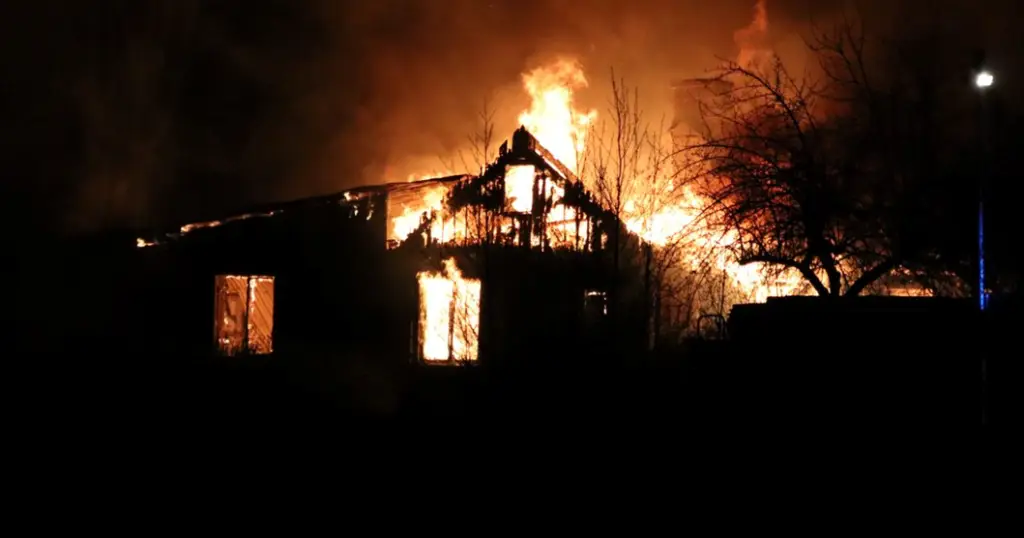
Conclusion
Providing quality temporary fire watch service is possible when you need it from experienced staff, trained infrastructure, and more.
Over the years, they have established a name for themselves by providing services to clients in various regions and jurisdictions.
They have a nationwide service reach that ensures they are always ready to help, whether it’s dealing with hot work, system failure, or exceptional cases.
OSHA and NFPA certifications are maintained by the guards, who are trained to adhere effectively to standards in patrols and documentation, and are provided with advanced technologies like GPS tracking and geo-fencing to ensure accountability and compliance.
The Fast Fire Watch Company is a reliable partner for organizations seeking to establish or enforce dependable fire watch policies and procedures.
By using their knowledge, you can maintain compliance, enhance safety measures to protect your assets, mitigate liabilities for the future, and feel secure in knowing that when there’s danger, someone is available and prepared to assist.




